Don Fausto's Giant-Tortoise |
Reptiles of Ecuador | Testudines | Testudinidae | Chelonoidis donfaustoi
English common names: Don Fausto's Giant-Tortoise, Eastern Santa Cruz Giant-Tortoise.
Spanish common names: Galápago de Don Fausto, tortuga gigante del este de Santa Cruz.
Recognition: ♂♂ 117.5 cm ♀♀ 112.8 cm. Chelonoidis donfaustoi is a giant tortoise with a strongly domed carapace. It is the only species of giant tortoise known to occur around Cerro Fatal, on the east of Santa Cruz Island.
Picture: Adult male. Reserva Ecológica Cerro Mesa. Galápagos, Ecuador. | |
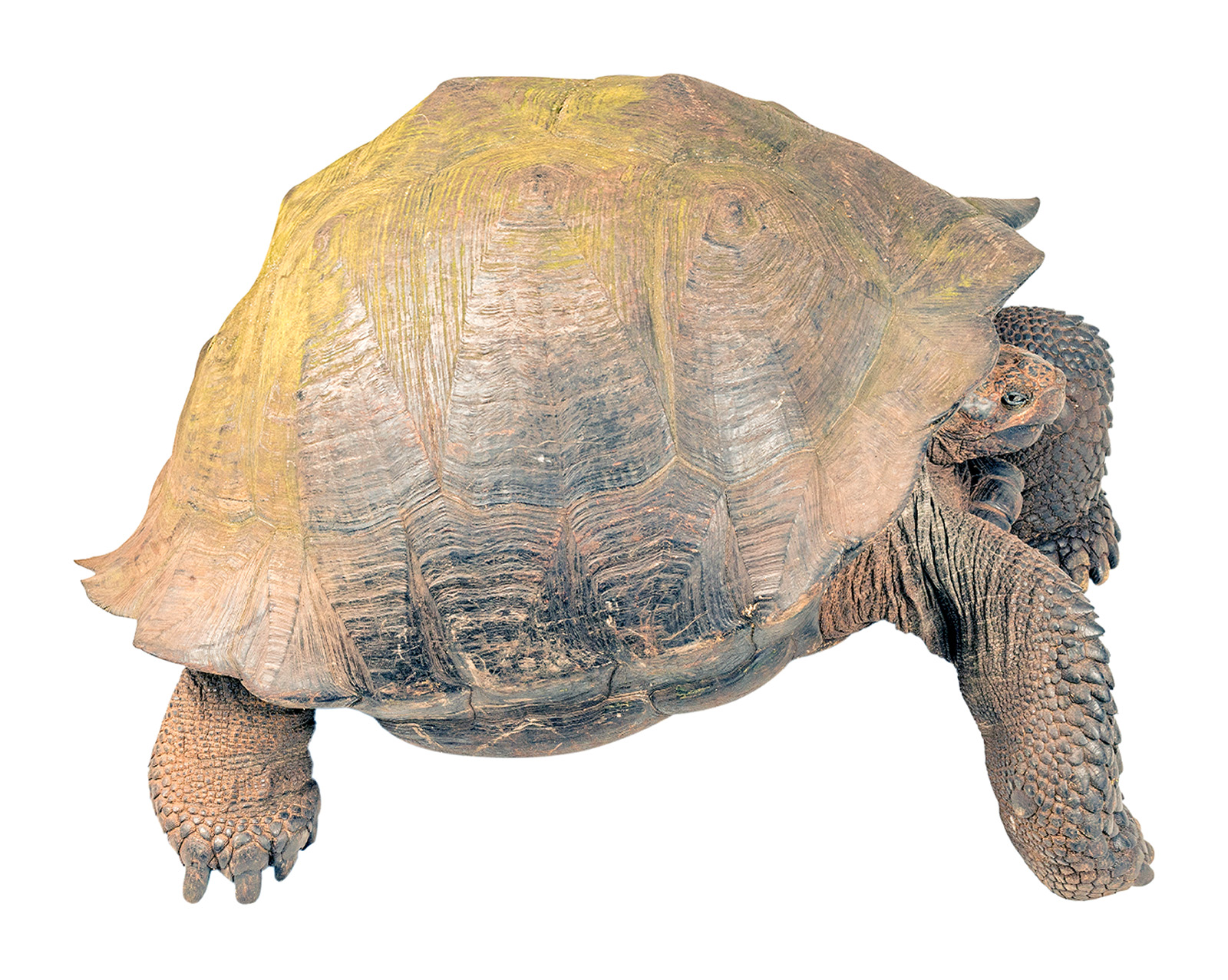 | |
Picture: Adult male. Cerro Fatal. Galápagos, Ecuador. | |
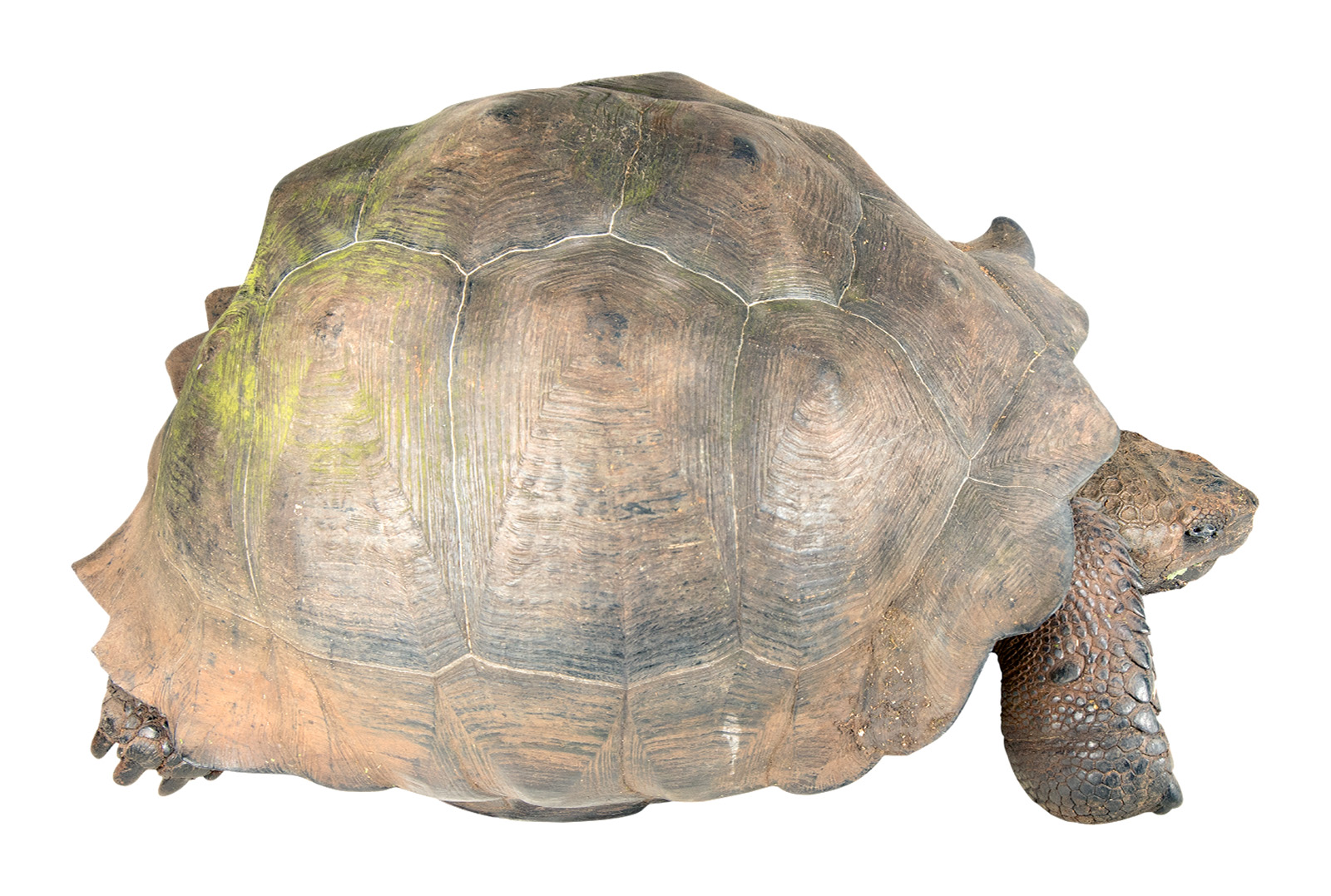 | |
Picture: Adult female. Reserva Ecológica Cerro Mesa. Galápagos, Ecuador. | |
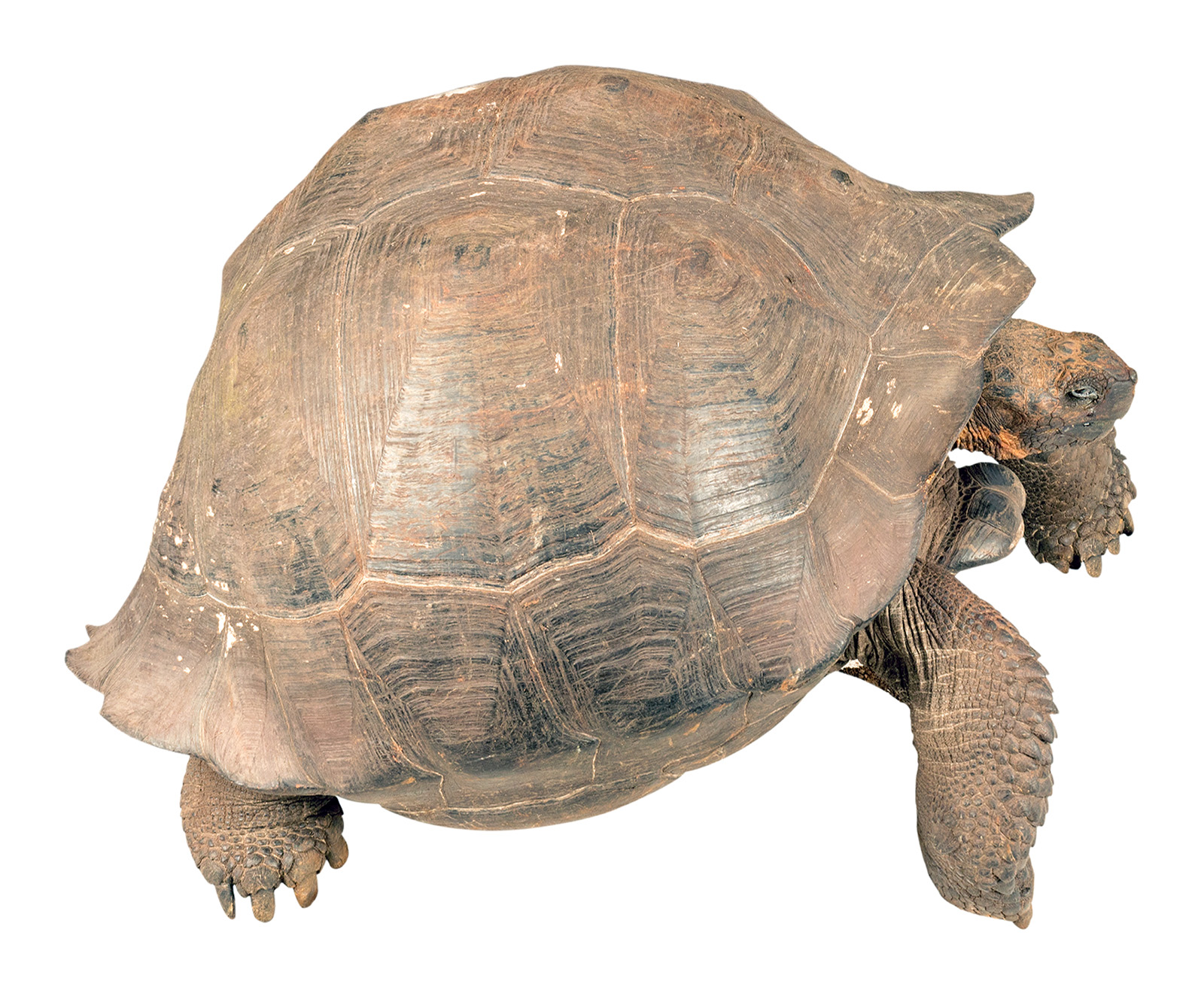 | |
Picture: Subadult. Cerro Fatal. Galápagos, Ecuador. | |
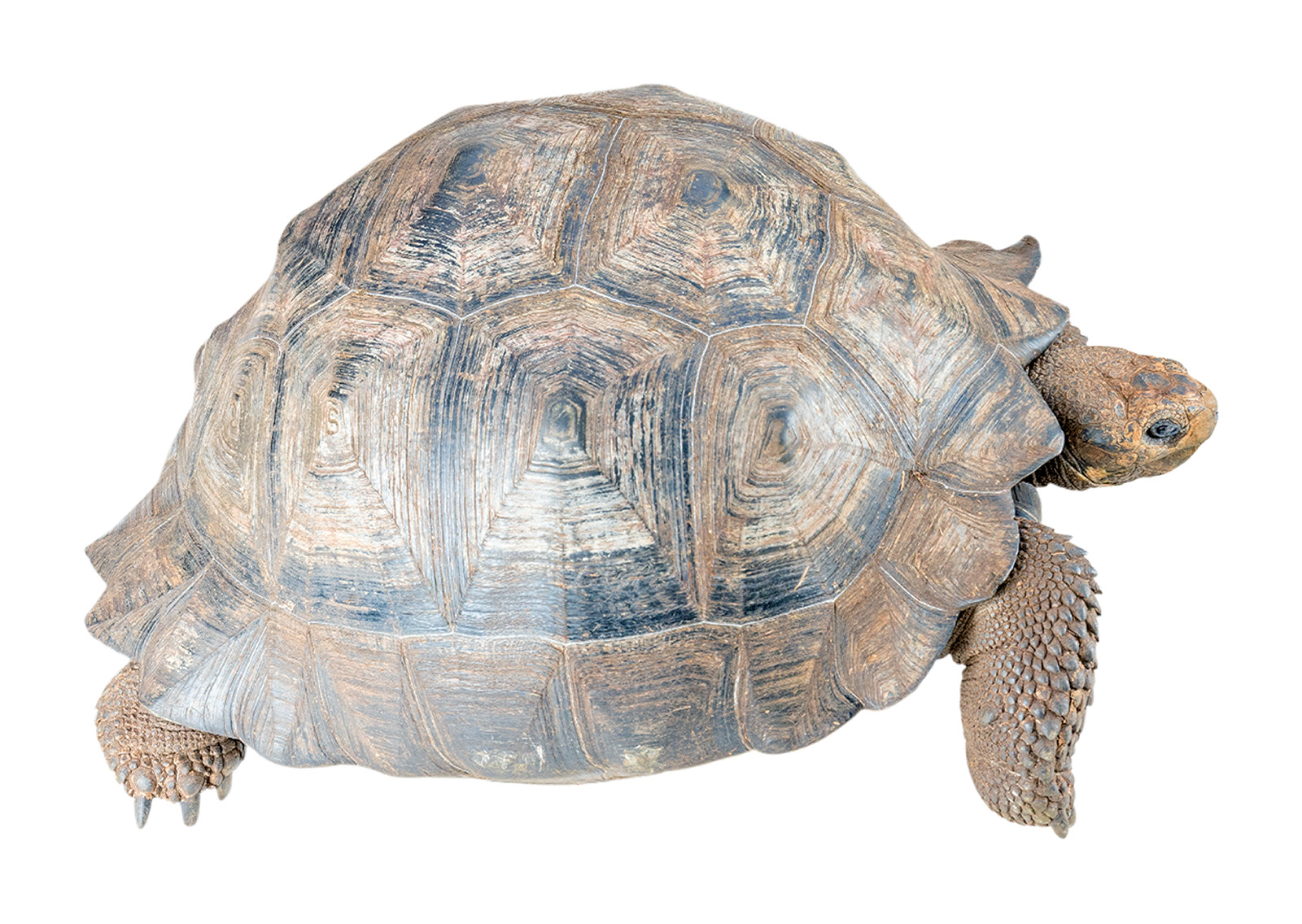 | |
Picture: Subadult. Cerro Fatal. Galápagos, Ecuador. | |
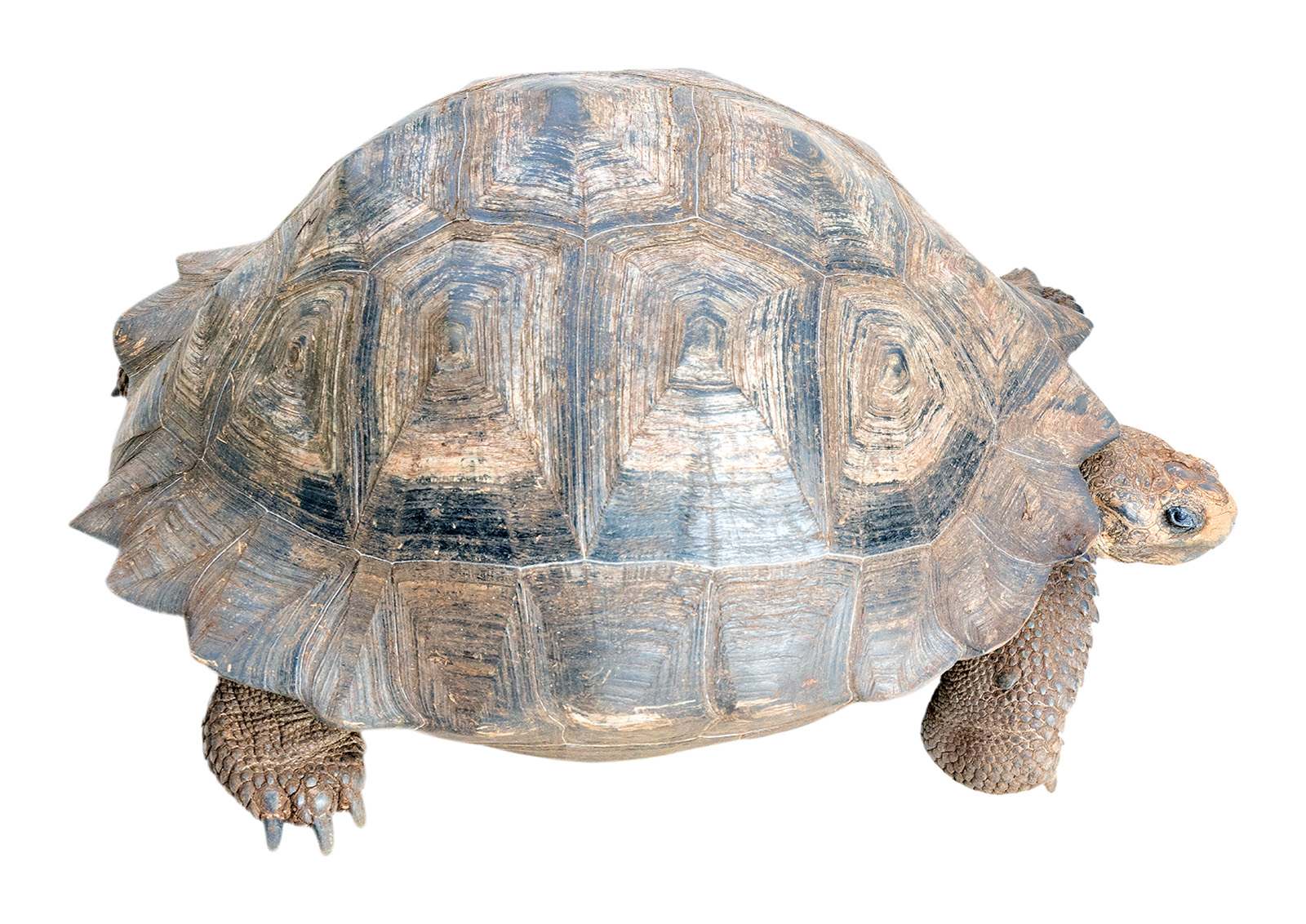 | |
Picture: Hatchling. Centro de Crianza Fausto Llerena. Galápagos, Ecuador. | |
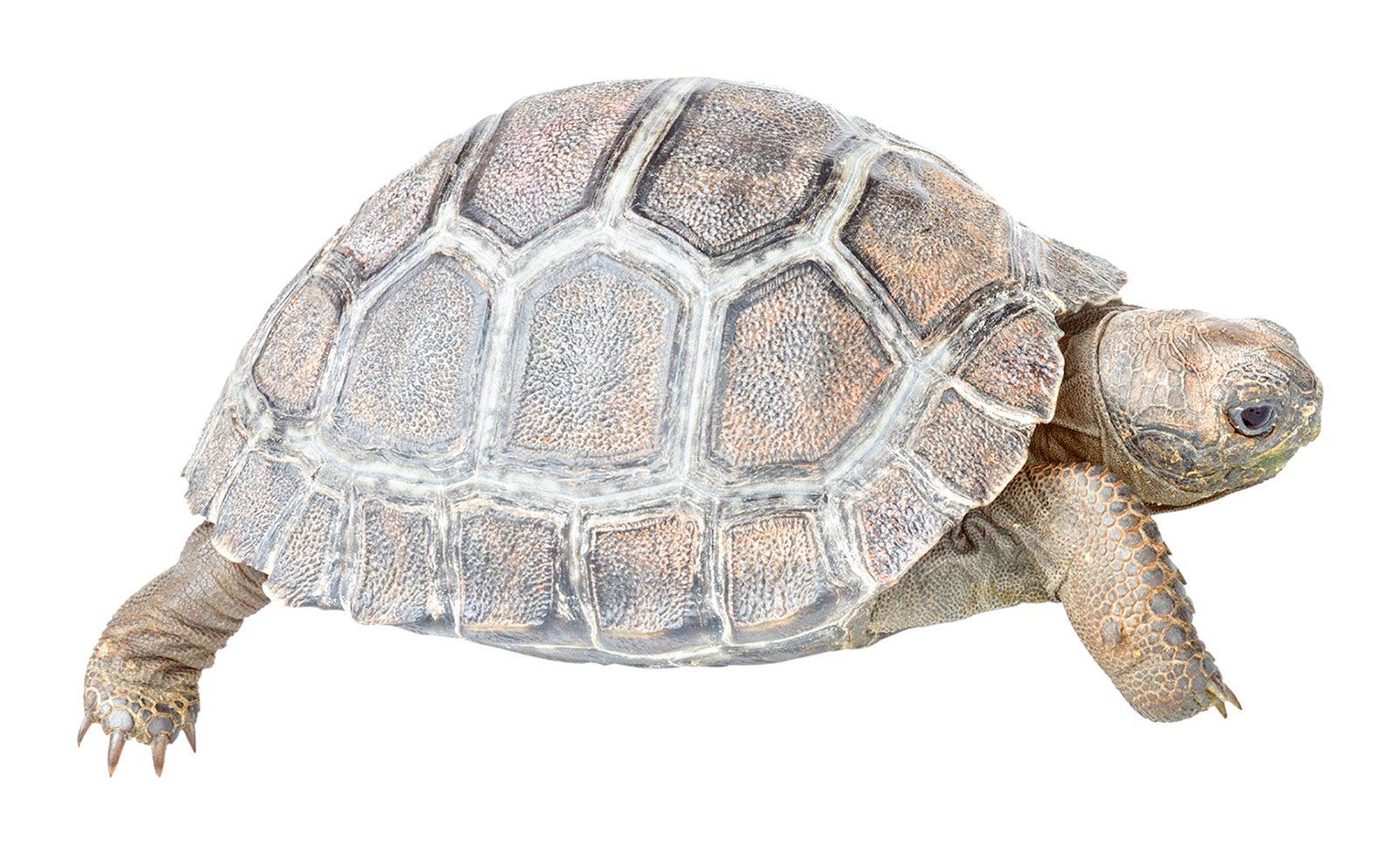 | |
Natural history: Common. Chelonoidis donfaustoi is a diurnal and terrestrial tortoise that inhabits evergreen forests, deciduous forests, farmlands, and areas of introduced vegetation. Don Fausto's Giant-Tortoises feed on up to 49 species of plants, both native and introduced, including herbs, grasses, shrubs, cacti, flowers, berries, guava fruits, and lichens.1,2 With increasing frequency, Don Fausto's Giant-Tortoises are feeding on a greater proportion of fruits from invasive plants (passion fruit, blackberry, and guava).3 Juveniles of C. donfaustoi are residents of warmer lowland areas of the island.4 The majority (69.2%) of adult Don Fausto's Giant-Tortoises are migratory.5 They periodically move over distances up to ~5 km from warmer lowlands areas to colder areas that provide consistently rich forage in the highlands.4,5 Some (15.4%) are nomadic, moving apparent to a random walk, instead of from one area to another and back.5 When mating, the tortoises produce resounding guttural sounds.
Conservation: Critically Endangered.6 Chelonoidis donfaustoi is listed in this category because nearly 97% of the population disappeared in the last 180 years.6 It is estimated that, before human impact, the population size of the Don Fausto's Giant-Tortoise was nearly 13,500 animals.6 Today, about 550 individuals of C. donfaustoi remain,7 and there are 97 additional juveniles being reared at the Centro de Crianza Fausto Llerena.6 Causes of the population decline include extensive overexploitation for food by settlers and sailors, habitat loss and degradation, and the introduction of exotic species (including goats, pigs, dogs, rodents, and fire ants), which either prey on the eggs and hatchlings or destroy tortoise habitat.6 To this day, feral pigs, rats, and fire ants are still decimating the eggs and hatchlings of the Don Fausto's Giant-Tortoise.6 Other ongoing threats include conversion of tortoise habitat to agricultural fields and pastureland, disturbance of migratory routes, and occasional human-related mortality.6,8 Because of the catastrophic decline, the remaining C. donfaustoi population has low genetic diversity, which can limit its capacity to adapt to new conditions.8,9
Special thanks to Greg Watkins-Colwell, our official protector of the Don Fausto's Giant-Tortoise, for symbolically adopting this species and helping bring the Reptiles of Galápagos project to life.
Distribution: Endemic to an estimated 80 km2 area around Cerro Fatal in the eastern highlands of Santa Cruz Island. Galápagos, Ecuador.
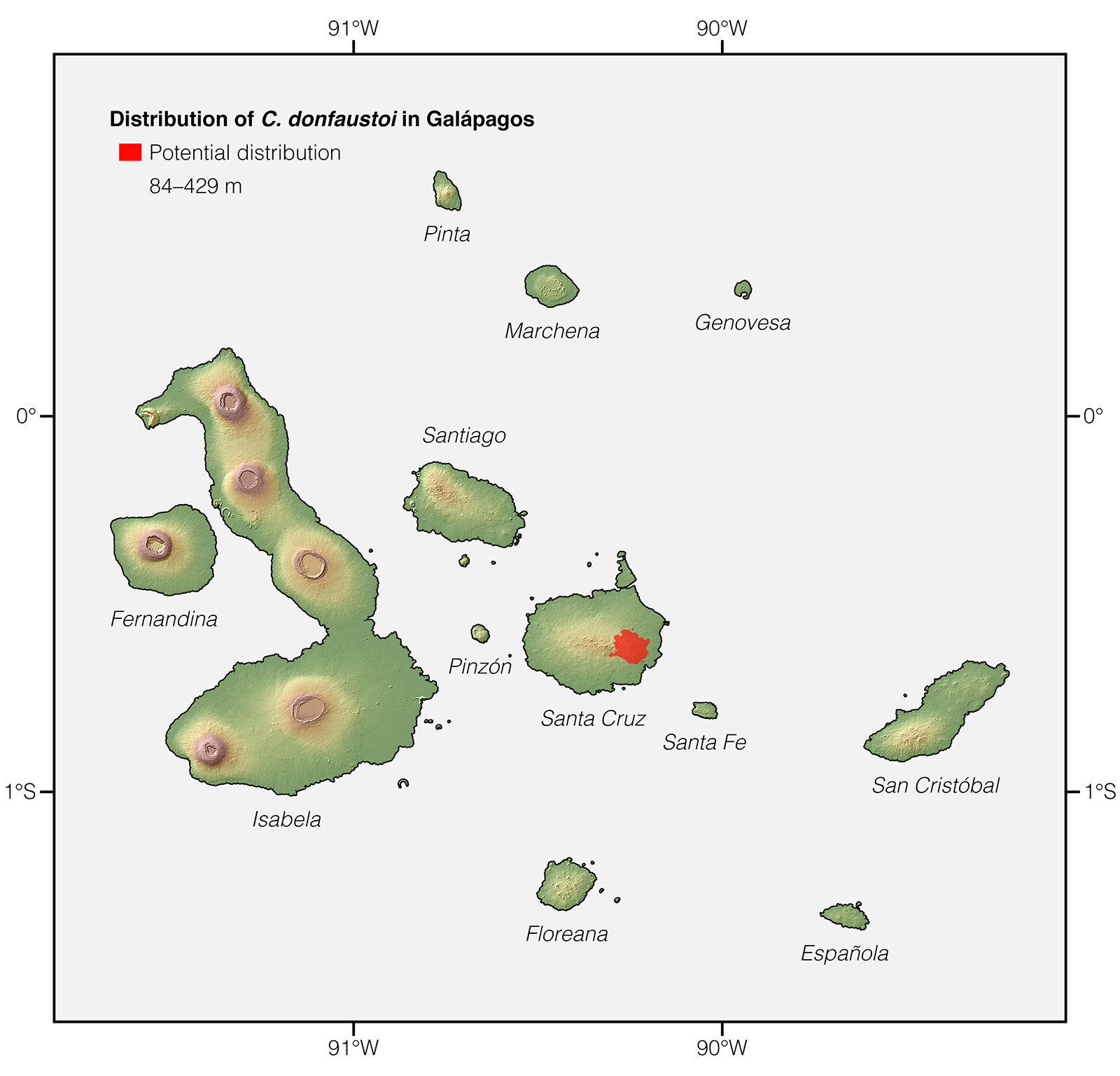
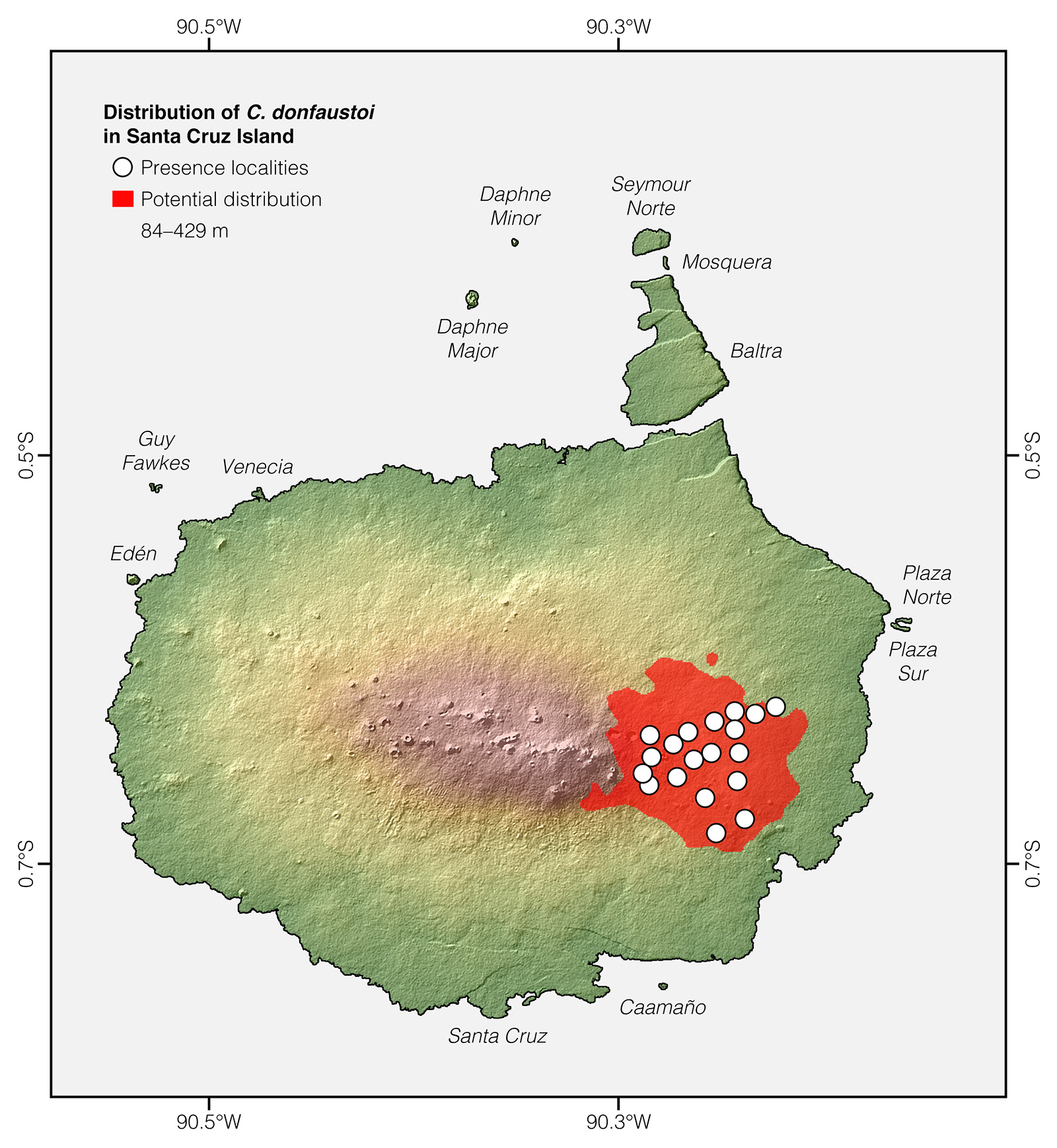
Etymology: The generic name Chelonoidis comes from the Greek word chelone (meaning “tortoise”).10 The specific epithet donfaustoi honors Fausto Llerena,11 who devoted 43 years of work (1971–2014) to the conservation of giant tortoises. Several tortoise species in the Galápagos Islands remain extant largely because of Don Fausto’s dedication.
See it in the wild: Individuals of Chelonoidis donfaustoi can be seen year-round with ~80–90% certainty at the Reserva Ecológica Cerro Mesa in the highlands of Santa Cruz Island, the only wild population accessible to normal tourism. Head-started juveniles of C. donfaustoi can be seen at the Centro de Crianza Fausto Llerena in Santa Cruz Island.
Authors: Alejandro ArteagaaAffiliation: Fundación Khamai, Reserva Arlequín, Ecoruta Paseo del Quinde km 56, Santa Rosa de Mindo, Pichincha 171202, Ecuador. and Juan M GuayasaminbAffiliation: Laboratorio de Biología Evolutiva, Universidad San Francisco de Quito (USFQ), Quito, Ecuador.,cAffiliation: Galapagos Science Center, Galápagos, Ecuador.,dAffiliation: Centro de Investigación de la Biodiversidad y Cambio Climático, Universidad Tecnológica Indoamérica, Quito, Ecuador.
Academic reviewers: Adalgisa Caccone and Diego Ellis.
Photographers: Jose VieiraaAffiliation: Tropical Herping (TH), Quito, Ecuador.,eAffiliation: ExSitu, Quito, Ecuador. and Alejandro ArteagaaAffiliation: Tropical Herping (TH), Quito, Ecuador.
How to cite? Arteaga A, Guayasamin JM (2020) Chelonoidis donfaustoi. In: Arteaga A, Bustamante L, Vieira J (Eds) Reptiles of Ecuador: Life in the middle of the world. Available from: www.reptilesofecuador.com
Literature cited:
- Slevin JR (1935) An account of the reptiles inhabiting the Galápagos Islands. Bulletin of the New York Zoological Society 38: 3–24.
- Blake B, Guézou A, Deem SL, Yackulic CB, Cabrera F (2015) The dominance of introduced plant species in the diets of migratory Galápagos tortoises increases with elevation on a human-occupied island. Biotropica 47: 246–258.
- Ellis-Soto D, Blake S, Soultan A, Guézou A, Cabrera F, Lötters S (2017) Plant species dispersed by Galapagos tortoises surf the wave of habitat suitability under anthropogenic climate change. PLoS ONE 12: e0181333.
- Blake S, Yackulic CB, Cabrera F, Tapia W, Gibbs JP, Kümmeth F, Wikelski M (2012) Vegetation dynamics drive segregation by body size in Galápagos tortoises migrating across altitudinal gradients. Journal of Animal Ecology 82: 310–321.
- Bastille-Rousseau G, Gibbs JP, Yackulic CB, Frair JL, Cabrera F, Rousseau LP, Wikelski M, Kümmeth F, Blake S (2017) Animal movement in the absence of predation: environmental drivers of movement strategies in a partial migration system. Oikos 126: 1004–1019.
- Cayot LJ, Gibbs JP, Tapia W, Caccone A (2017) Chelonoidis donfaustoi. The IUCN Red List of threatened species. Available from: www.iucnredlist.org
- Tapia W (2018) Results from the first-ever census of the Eastern Santa Cruz Tortoise. Giant Tortoise Restoration Initiative. Available from: https://www.galapagos.org
- Russello MA, Glaberman S, Gibbs JP, Márquez C, Powell JR, Caccone A (2005) A cryptic taxon of Galápagos tortoise in conservation peril. Biological Letters 1: 287–290.
- Beheregaray LB, Ciofi C, Caccone A, Gibbs JP, Powell JR (2003) Genetic divergence, phylogeography, and conservation units of giant tortoises from Santa Cruz and Pinzón, Galápagos Islands. Conservation Genetics 4: 31–46.
- Brown RW (1956) Composition of scientific words. Smithsonian Books, Washington, 882 pp.
- Poulakakis N, Edwards DL, Chiari Y, Garrick RC, Russello MA, Benavides E, Watkins-Colwell GJ, Glaberman S, Tapia W, Gibbs JP, Cayot LJ, Caccone A (2015) Description of a new Galápagos giant tortoise species (Chelonoidis; Testudines: Testudinidae) from Cerro Fatal on Santa Cruz Island. PLoS ONE 10: e0138779.